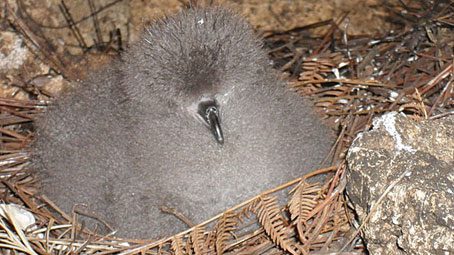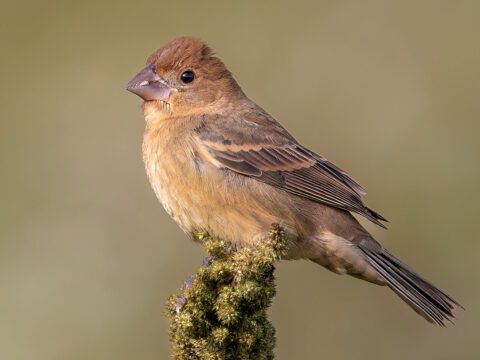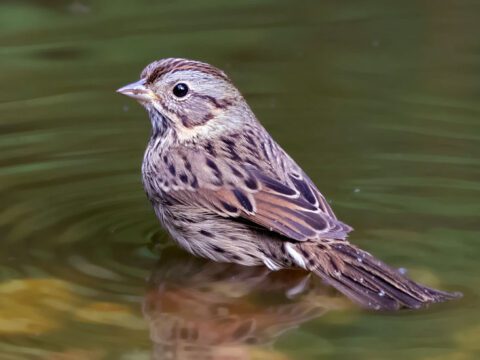Black-capped Petrels: Pilots of the Caribbean
By Hugh Powell
January 15, 2012
Scientists working in Haiti have obtained the first-ever photos of an endangered Black-capped Petrel chick—a ball of gray fluff that was discovered at its nest inside a mountaintop cave. The finding helps answer questions about this secretive species’ life cycle.
These crow-sized seabirds nest only in the Caribbean and feed as far away as Gulf Stream waters off the Mid-Atlantic United States. Best estimates suggest that fewer than 2,000 breeding pairs remain, and the data collected at this nest have already been incorporated into a new conservation plan for the species.
“Finding this nest shows both that gems of biodiversity are yet to be found in Haiti, despite its environmental and economic troubles, and that there’s still time to save rare species if we act swiftly,” said James Goetz, a Cornell Lab of Ornithology graduate student who helped lead the project. The nest was found on March 3, 2011, by a team from Grupo Jaragua, a nonprofit from the Dominican Republic.
Upon finding the nest, the researchers set up a motion-activated camera at the entrance to the cave. Over the next four months, the camera caught dozens of images of the parents arriving to feed the chick, as well as visits by rats and a dog, which fortunately did not disturb the growing chick.
In early July the camera photographed the chick waddling to the edge of the cave in preparation for its first flight. The bird presumably departed safely in mid-July, though the camera’s batteries ran out before then. Out of only a handful of nests found in the last decade, it’s the only one that scientists have been able to monitor.
Black-capped Petrels are an enduring mystery among Caribbean birds. Once abundant, they fell victim to over-harvest, habitat loss, and introduced predators such as rats, cats, dogs, and mongooses. By about 1850 they were thought extinct—until scattered at-sea sightings, and the discovery, in 1963, of a few nesting sites in Haiti rekindled hopes for the species.
The ensuing five decades have turned up few clues about a bird that spends most of its life at sea, returning to land only a few dozen nights per year to visit nests in treacherously steep cloud forests. Only three remaining nesting areas— all on the island of Hispaniola—are known, although sightings along Cuba’s eastern coast in 2004 indicate the birds probably nest there as well.
In Haiti, poverty creates intense pressure on natural resources. Agricultural clearings reach to the tops of most mountains, no matter how steep. Loss of habitat threatens more than a dozen endemic Hispaniolan species, as well as wintering North American birds such as the American Redstart and Bicknell’s Thrush, a vulnerable species.
Lessons learned from studying this nest and the chick’s progress will help inform new efforts to discover nesting areas on Hispaniola and other islands. Until now, researchers have drawn on details of better-known relatives such as Bermuda and Hawaiian petrels. “For such a poorly known species, every new scrap of information helps us gain ground in learning how to make conservation work for it,” Goetz said.
Originally published in the Winter 2012 issue of BirdScope.

All About Birds
is a free resource
Available for everyone,
funded by donors like you
American Kestrel by Blair Dudeck / Macaulay Library


